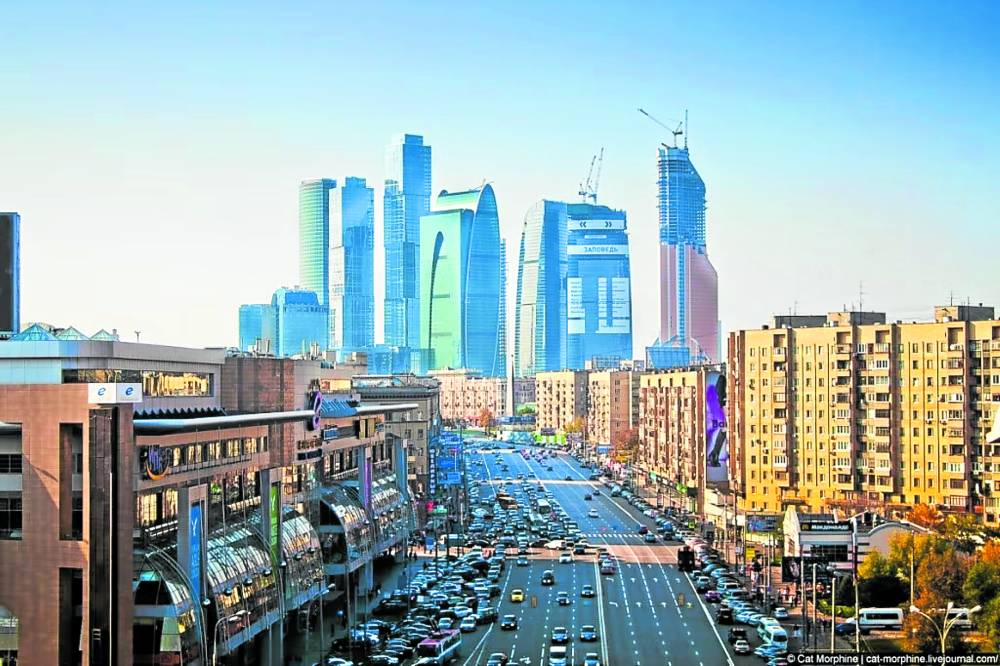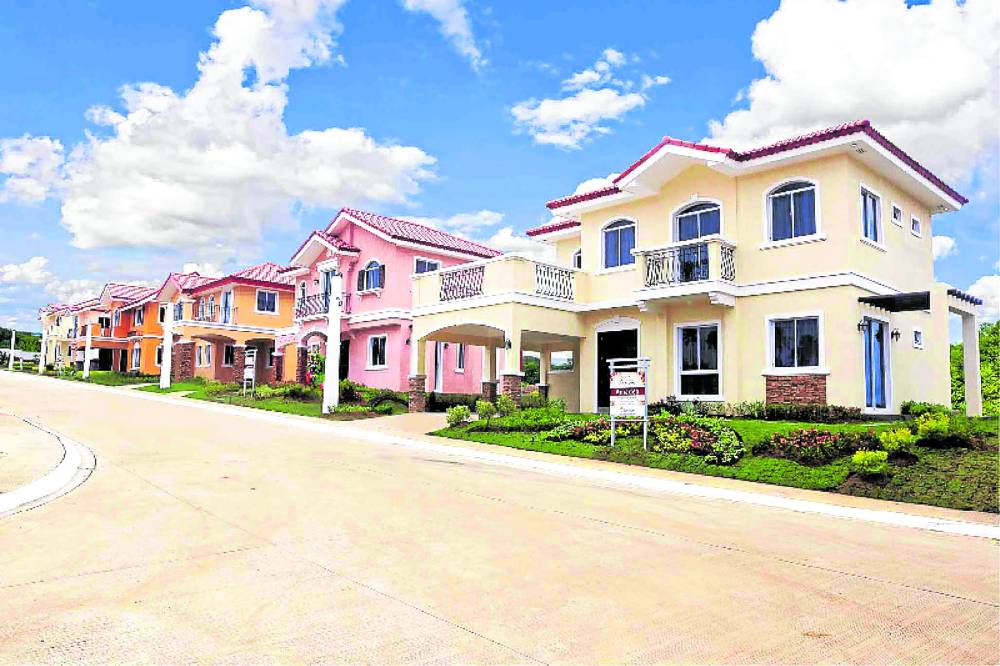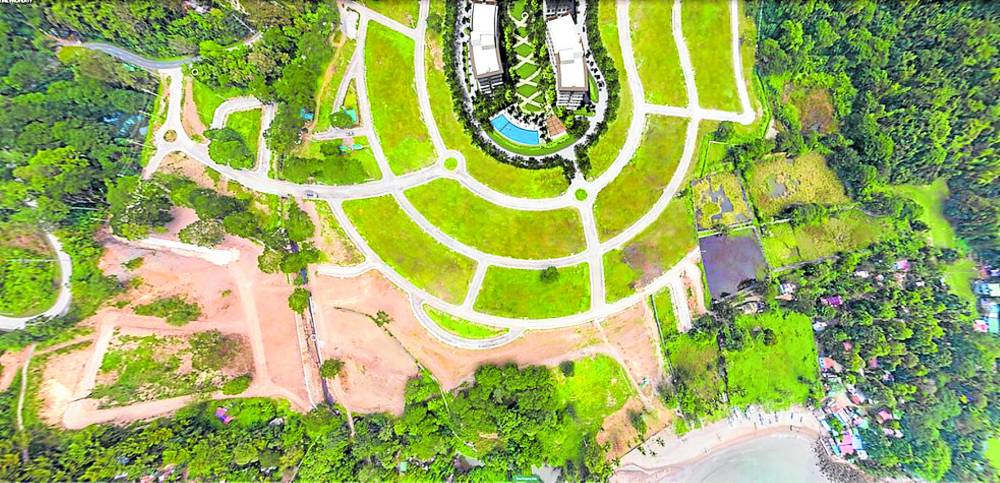Research and city formation

Building and land development at various scales ranging from small houses to assembly places impact people and the environment. (city-data.com)
I have often been asked about the practical value of a doctoral degree to an architect and the professional world.
Research and the creation of new knowledge underlie higher studies and academic work in general. It has long been argued that the academe should seamlessly connect with industry. As such, university outputs should be feeding into the work in the public and private realms.
What then is the role of research and knowledge generation in creative disciplines such as architecture and urban design? With the creative work manifesting in the built form defining skylines, streetscapes, districts and cities, it is imperative for design practice to be informed by processed data. Building and land development at various scales ranging from small houses to assembly places impact people and the environment.
Hence, any form of intervention in the natural and built settings requires careful and systematic processing.
DESCRIBING AND PROFILING
Research enables us to understand and make sense of the gamut of elements we see in places where we live, work or recreate.
Descriptive studies establish present conditions and baselines from which individual decisions proceed. Presenting data in an organized manner—which enables us to see the distribution of people by barangay, municipality, province for example—provides valuable references for situating one’s residential or business location decisions. Perception studies also allow us to see urban issues from different lenses, representing different social circumstances.
HISTORICAL DEVELOPMENT
Putting together a sequence of events provides narratives that rationalize evolutionary processes.
Reconstruction of the past to understand present conditions precedes interventions that can possibly redirect city formation trajectories. Cities as organic entities go through the birth-growth-decline or renewal processes. Panel data and mapping in aid of urban morphology studies provide time-based analysis of spatial evolution. Content analysis as a research strategy makes use of material objects such as the wood carvings of Paete to lay down bases for the town’s historical construction.
EXPLAINING PHENOMENON
Observed patterns—such as the proliferation of informal settlements, urban densification, occurrence of disasters—may be explained through qualitative and quantitative research.
Referencing to theories, doing logical analysis or running mathematical models can be the investigative frameworks for understanding occurrences in our environment. Elements around us may be reduced to variables that may be tested. Experiments involving scale models and prototypes allow manipulation of variables for disaster management-related research. Post-occupancy studies enable planners in the housing sector to see why households move out of public housing within one year of occupancy.
ESTABLISHING CORRELATIONS, CAUSAL RELATIONSHIPS

Human settlements have evolved with the discovery of new technology, enabling new ways of living with and within the natural environment. (Inquirer file photo)
Research reveals factors that induce property buying or selling, increase or decrease in land values, moving in and out of people from the city center, among others.
Regression analysis involves modeling of dependent and independent variables that will establish correlations or cause-and-effect relationships. The changing of the seasons, weather patterns, shifts in policy directions, as well as wars or conflicts are variables that may be regressed with property investment decisions. Social data such as employment and education may also be analyzed in relation to real estate development locations.
PROJECTIONS
Trend analysis allows households, planners and investors to imagine possible future scenarios.
Determining where the next growth center will be, projecting the location of new markets, and sensing new preferred residential areas in the next 10 years may be aided by past data that may be interpolated to approximate the future.
Planning based on forecasts necessarily factors in unforeseeable events. Quantitative analysis reduces the real world factors into an equation and, therefore, urban management should allow for dynamism in inherently very complex city settings.
KNOWLEDGE GENERATION
Producing new knowledge, leading to new design concepts and management concepts, is the goal of research. Human settlements have evolved with the discovery of new technology, enabling new ways of living with and within the natural environment. Creation and innovation account for constant redefinition of the built form. The challenges we face with regard to land supply, affordability, depletion of resources call for new paradigms for city formation.
VALIDATION

Any form of intervention in the natural and built settings requires careful and systematic processing. (southernestatesph.com)
Research ends with validated information and thought processes. The eventual occupancy and use of designed spaces in the city are part of the validation process that pave the way for future knowledge-seeking endeavors. With every proposition confirmed and with every lesson learned as designed and built spaces are used, we can look forward to better living environments as we discover new information.
APPROPRIATE INTERVENTIONS
The outcomes of the rigorous knowledge creation processes serve as bases for conscious directing or redirecting as cities develop over time. Professionals and political leaders may propose programs and projects that are geared towards coherence in form and equity in resource allocation.
Reference: Groat, Linda and David Wang (2013). “Architectural Research Methods Second Edition”. Wiley.
The author is a Professor at the University of the Philippines College of Architecture, an architect and urban planner
